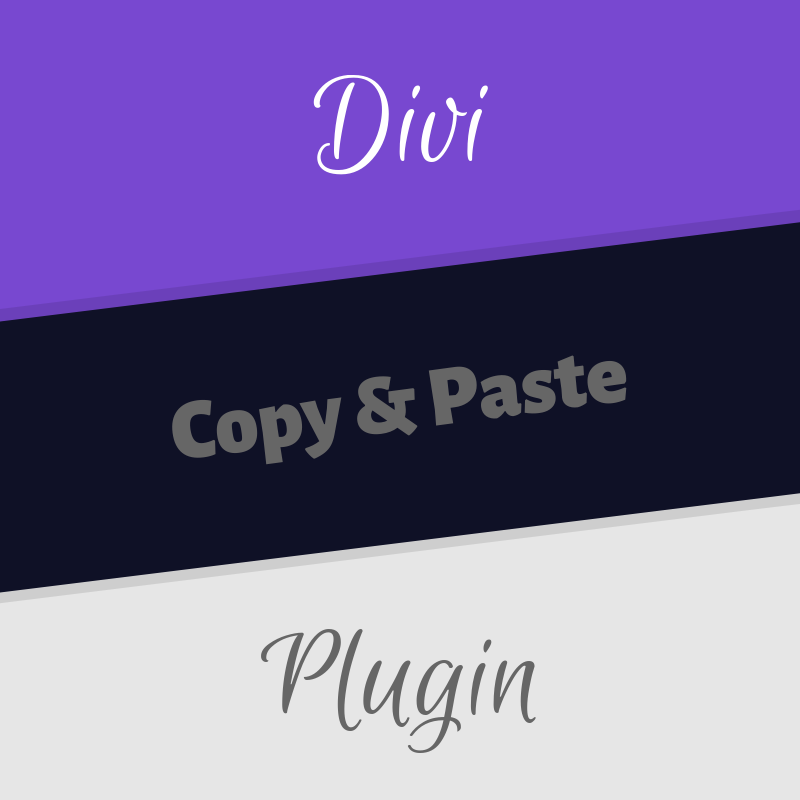On many websites, images contribute significantly to slow load times. This post is a place for me to collect tips on optimizing images on Divi sites to increase page speed load times.
Remove Images / Reduce Image Sizes
An easy first step in reducing the impact of images on page load times is to remove any images that are no longer needed or are of sufficiently limited benefit visually that they can be replaced, for example, by plain background color.
For those that remain, consider whether they can be downsized. If an image is larger than it (typically) displays on the screen then it probably makes sense to reduce its size. If an image can be reduced to 50% of both its original width and height, for example, without impacting the appearance of the page then the final file size will be only 25% of the original. As a result, there can be significant savings to be had by resizing images.
Convert Images to WebP
You may be able to reduce the impact of your images on load times by converting them to WebP format, which is a modern format with better compression than jpg / png that many sites still use.
The free Performance Lab plugin, created by the WordPress team, includes an option to convert jpg files to WebP – though it only does so when the file is uploaded, so you may need to re-upload your existing images to get the benefit.
You might also like to check out Smush which offers various image optimization features, though some of these (such its own WebP conversion) are only available in the paid Pro version.



0 Comments